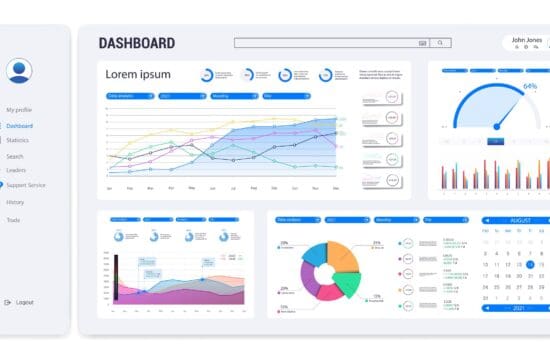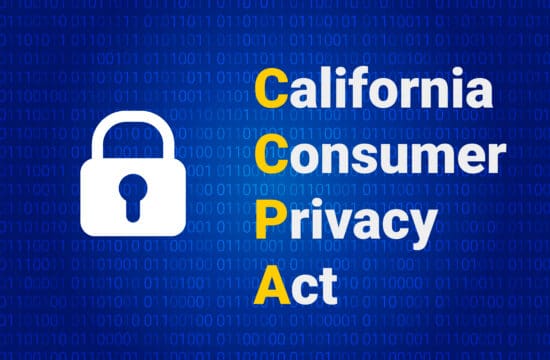Laying the Groundwork for ISO 42001 Compliance
Starting the journey toward ISO 42001 compliance can seem complex, but with a strategic approach, companies can lay a strong foundation. Here’s a step-by-step guide for using data classification to help your organization comply with ISO 42001.
1. Review ISO 42001 Guidelines
Begin by understanding ISO 42001’s data management requirements, especially those related to AI. Identify the clauses most relevant to your business, such as those on data lifecycle management. This knowledge will clarify how data classification aligns with compliance.
2. Identify and Categorize Data Types
Once familiar with the requirements, identify the types of data used in your AI models. Sort them into categories based on sensitivity and purpose, such as customer or employee data. Proper categorization ensures the right security protocols are applied.
3. Use Automated Classification Tools
Handling large datasets manually is challenging. Instead, opt for automated tools like Secuvy that offer real-time classification and monitoring. Automation ensures data is up-to-date and helps with compliance as data requirements evolve.
4. Implement Security Protocols Based on Classification
With data categorized, apply security measures according to its sensitivity level. This could include encryption, access controls, or audit trails. Ensuring secure handling aligns with ISO 42001’s focus on protecting sensitive information.
5. Conduct Data Quality Audits
To maintain accuracy in AI models, regularly audit data for quality and relevance. ISO 42001 encourages organizations to keep data suitable for AI use. Consistent data audits ensure that AI models perform reliably and meet compliance standards.
6. Track Data Across Its Lifecycle
ISO 42001 requires companies to manage data through its entire lifecycle. Document and track each stage to create an audit trail and simplify compliance assessments.
Conclusion
Starting with data classification is a crucial step toward achieving ISO 42001 compliance. By adopting these foundational strategies, organizations can create a strong, compliant AI framework. For further guidance and to learn about advanced classification tools and compliance solutions, reach out to Secuvy and Schellman. Their teams can help you implement technology-driven solutions for ISO 42001 compliance and responsible AI.





















